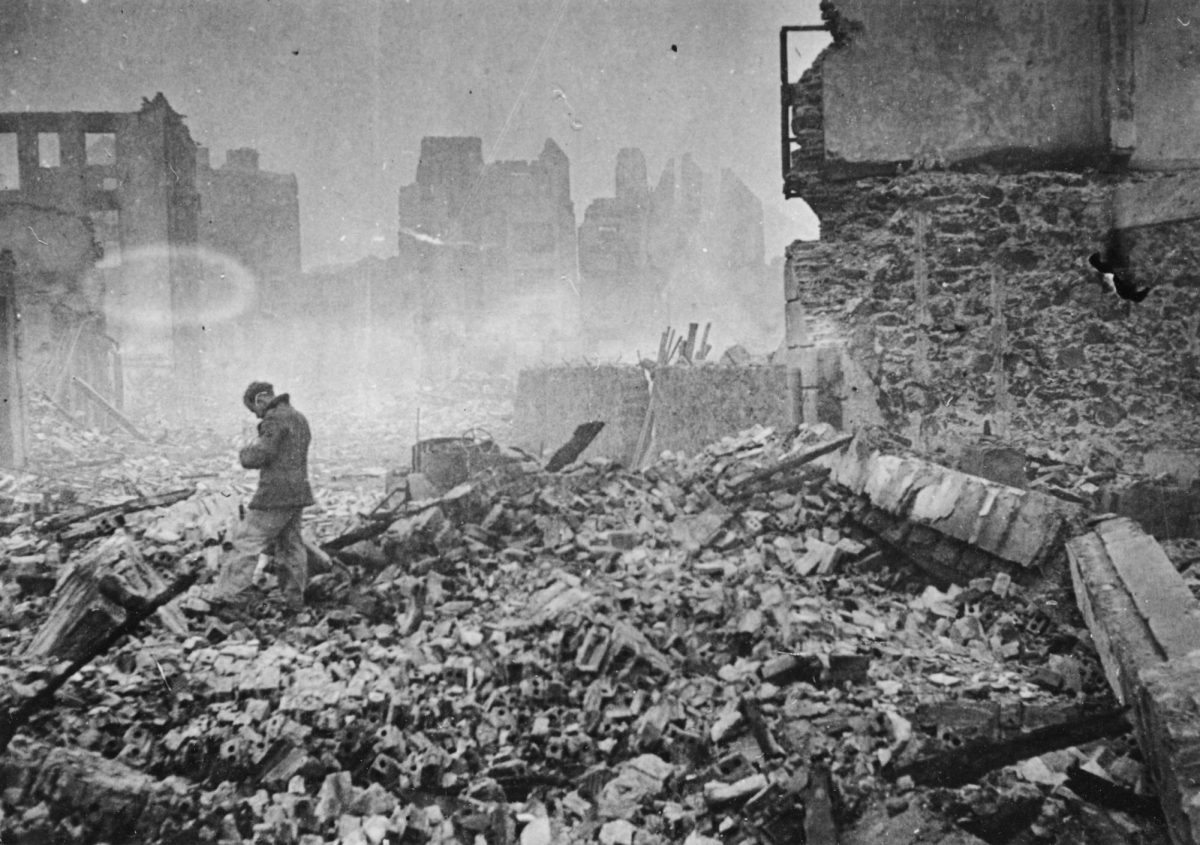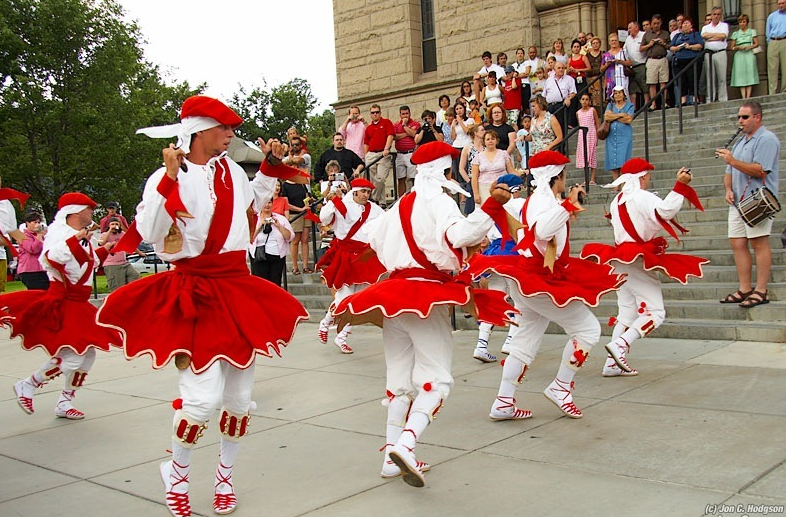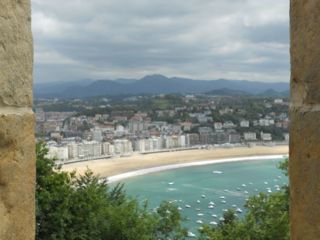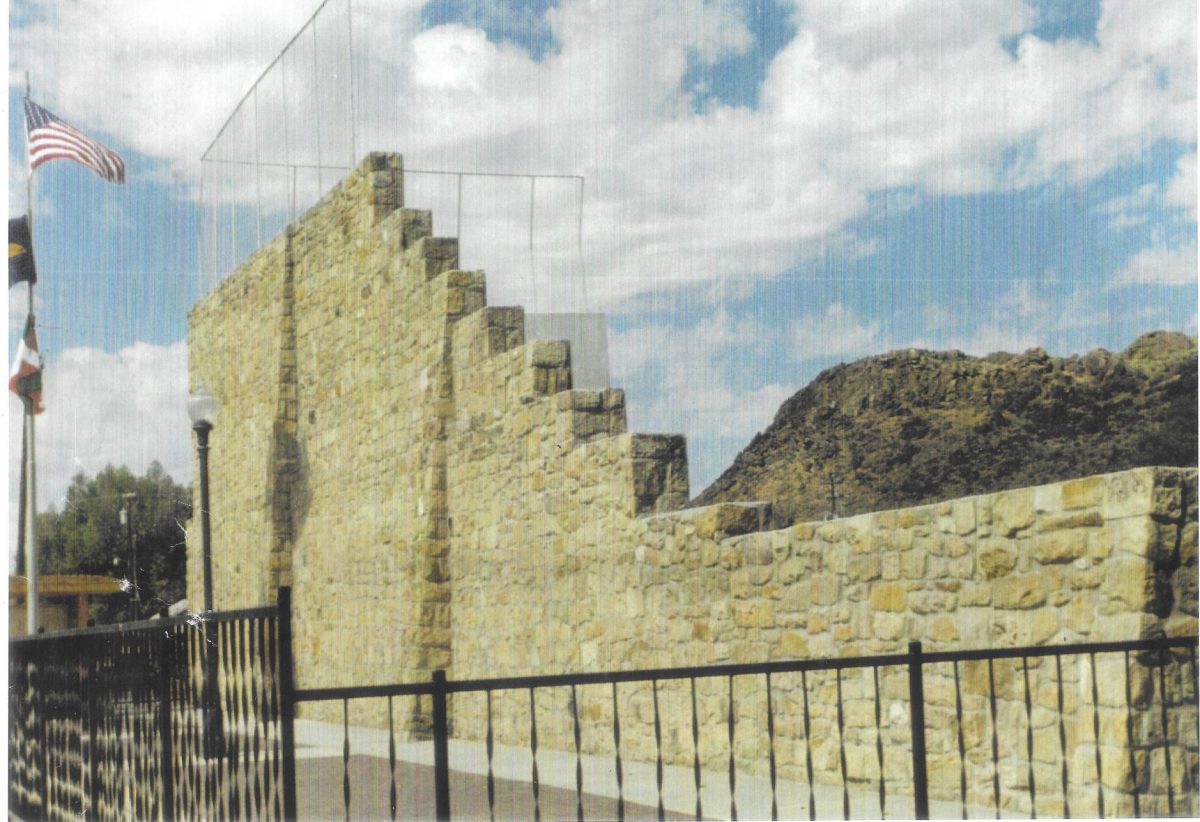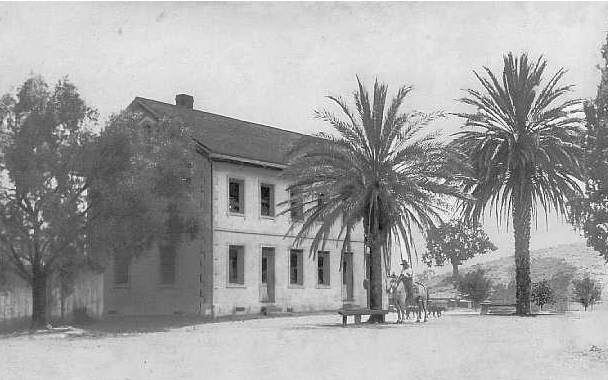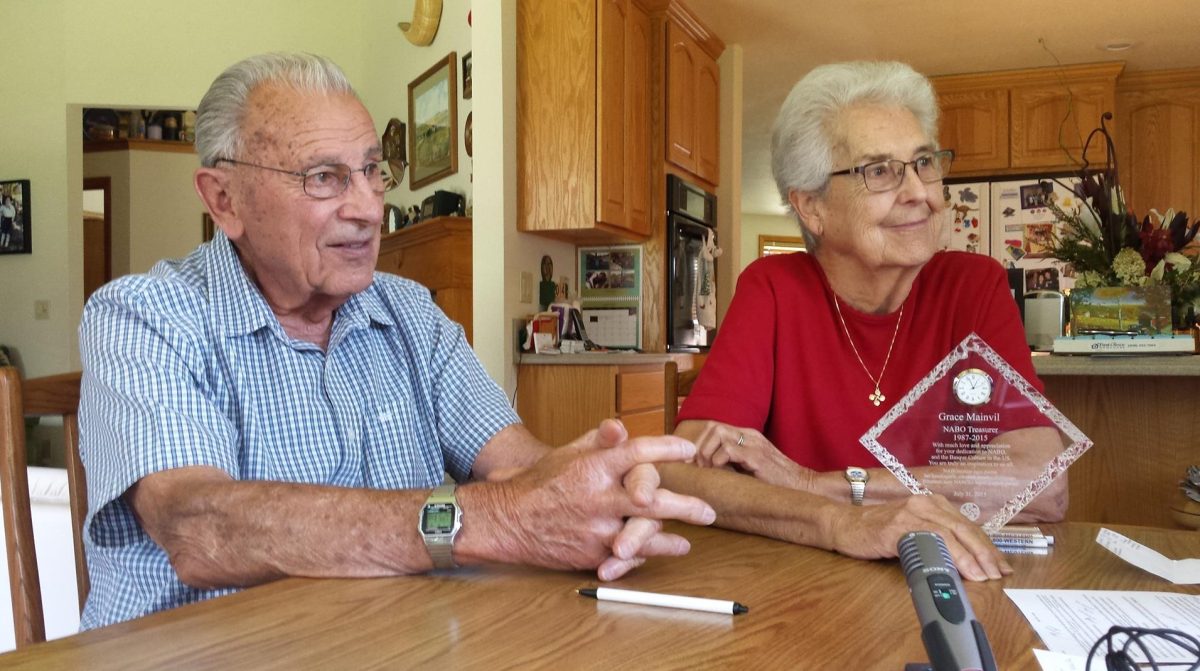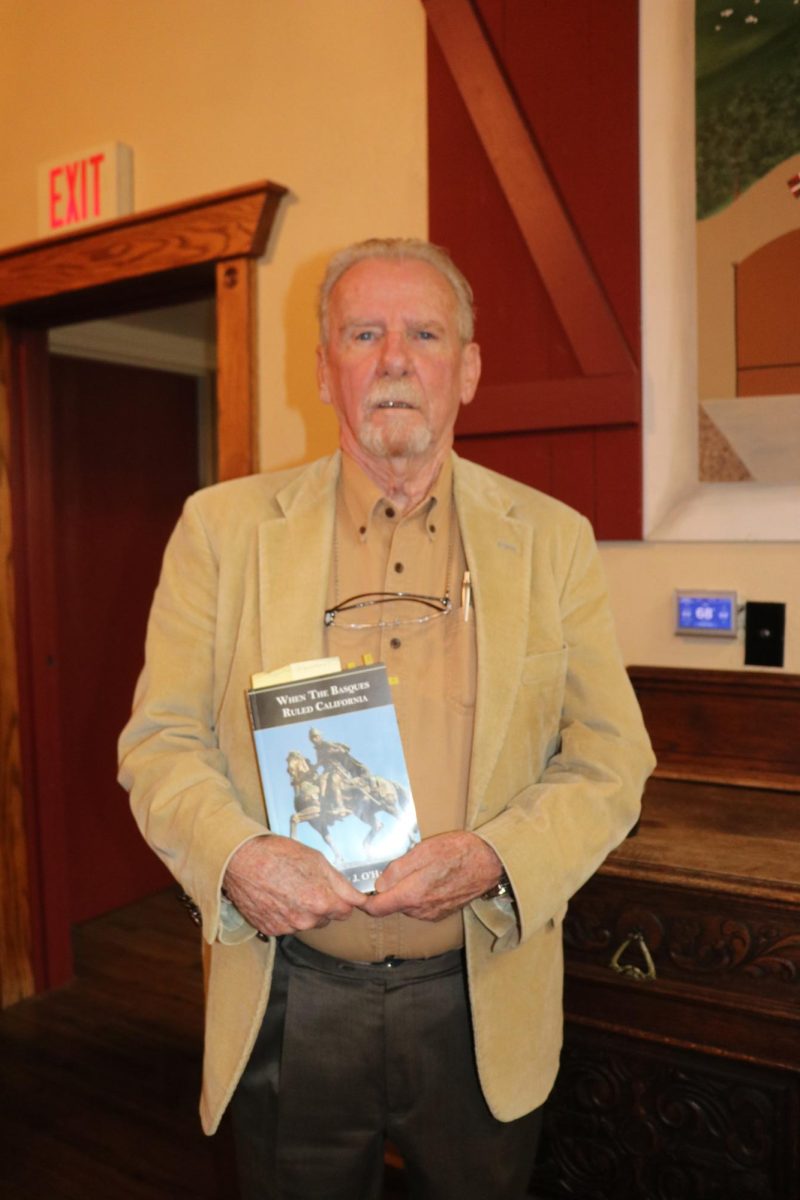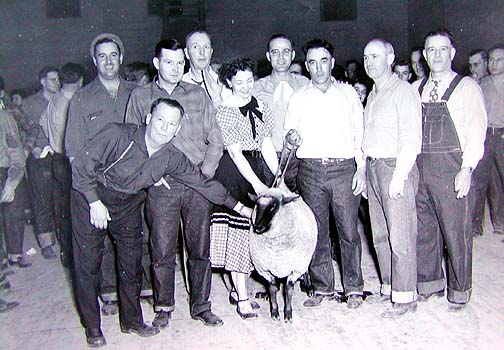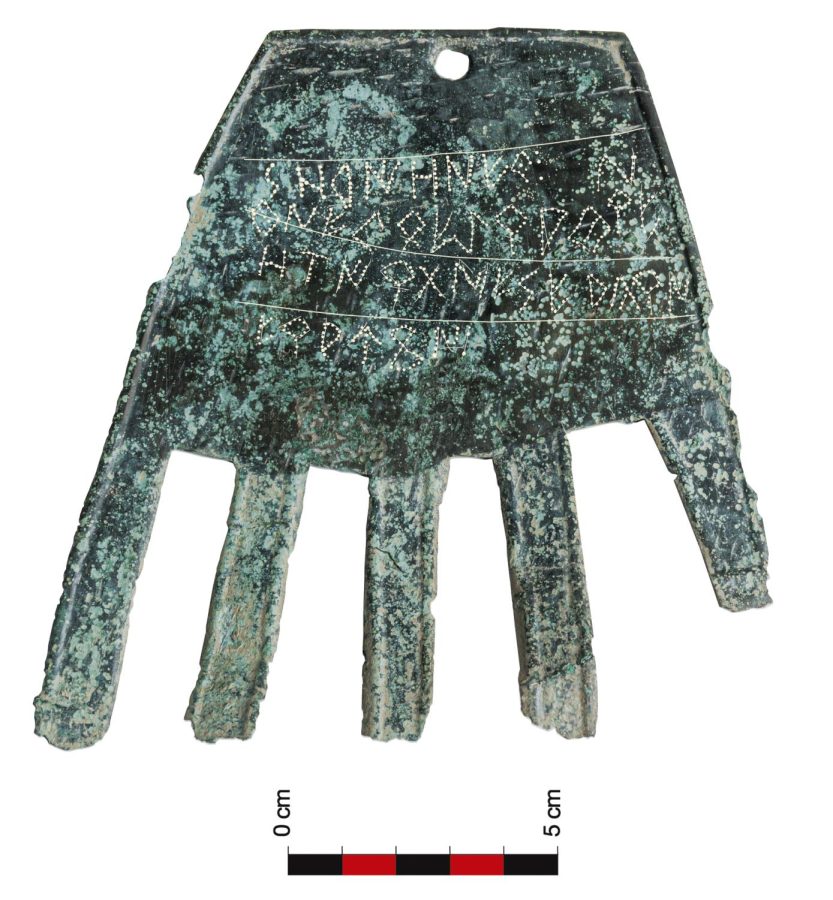Joseba Elosegi was the first person Xabier Irujo interviewed when he was doing research on the 1937 bombing of Gernika (Guernica in Spanish). The Basque soldier told Irujo that when a photograph was taken of him standing amid the smoking rubble of the historic Basque city the morning after the bombing, he could still hear trapped victims crying for help.
“But nothing could be done to help them,” Irujo recalled Elosegi saying in 1987, when Irujo was beginning his research on the bombing. Fires were still raging across the city and those victims were going to die a horrible death. When the photo was captured, Elosegi was looking at his hands, sticky with the blood of those he had rescued during the night.
“That image of his hands covered in blood remained with him all his life,” Irujo told Euskal Kazeta in a recent interview.
Irujo is the current director of the Center for Basque Studies at the University of Nevada Reno. He has written at least three books and many articles about the bombing of the town of Gernika that took place on April 26, 1937.
In that attack, German and Italian military planes that were ordered on behalf of Spanish Dictator Francisco Franco bombed the town for at least four hours. The population of Gernika at the time was about 5,600, but it was market day and trains had brought in a number of people seeking food at the market, said Irujo. Approximately 10,000 to 12,000 people were in town that day.
The actual number of people who died from the bombing of Gernika is one of 30 lies about the bombing promoted by the government of Franco that Irujo exposes in one of his latest books, “Gernika: Genealogy of a Lie.” Some of the lies are also explained in this UNR article by Irujo.
At the time, Franco’s government put the number of dead in Gernika at 126, Irujo reports. An approximate figure of 100 to 300 is still quoted by numerous sources and is cited in Wikipedia’s report on the bombing. Irujo said these low numbers are pure propaganda.
“To say such a thing should be considered a crime,” said Irujo passionately. “We have to be very careful when writing history.” History is scientific and should be based on facts, he emphasized.
Not only for the sake of accuracy, but Irujo says underestimating the number of victims of the attack undermines the severity of the event and is deeply disrespectful to the memory of those affected, said Irujo.
At least 2,000 people died in the savage bombing, Irujo said. This number, which he cites in his book, is based on the figure provided by the Basque government at the time, which was 1,654 dead. That number was based on reports from soldiers and other eyewitnesses who were in Gernika at the time.

“There’s not even one single testimony” that puts the number of victims that day at less than 1,000, Irujo said. In addition, the Basque government’s figure took into account the people who died in the days and weeks after the bombing from injuries they suffered. The Basque government was headed at the time by the first Lehendakari, Jose Antonio Agirre.
Moreover, Basque authorities reported that the figure of 1,654 was partial, since they did not have time to clear the town before it was occupied by Franco’s troops three days later, according to Irujo. Gernika was not completely cleared until the end of 1941 and the authorities at the time did not register any corpses under the debris.
In addition, Irujo said two witnesses, Jose Labauria, the mayor of Gernika at the time, and Joxe Iturria, a Basque soldier who helped remove corpses from the debris the day of the bombing, affirmed that between 450 and 500 people died in the Andra Mari air-raid shelter. Those are among the bodies that were never recovered or counted, said Irujo. Those additional bodies bring the count to more than 2,000 people.
Franco’s Nationalist Forces had already begun bombing in the Basque Country before Gernika, hitting the towns of Otxandio, Elorrio and Durango. But it was the massive deaths in Gernika that caught the world’s attention.
The bombing had global significance because it was the first time massive numbers of civilians were targeted by military forces. The Germans later apologized to the citizens of Gernika for the bombing, but the Spanish government never has.
Testimonies, photos and information from Irujo’s research on the bombing of Gernika is available on the University of Nevada Reno’s website.
Several international journalists went to Gernika the day of the bombing, said Irujo, who has interviewed hundreds of people on the topic and reviewed thousands of documents.
One of them was Noel Monks of Britain’s Daily Express, who was called to task about his news report that he saw at least 600 people dead. A Franco official reported on the radio that only about 120 people had died in Gernika, so Monks was forced by his newspaper to return to Gernika the next day to confirm the number of victims he reported, according to Irujo.
“I was the first correspondent to reach Guernica,” wrote Monks, “and was immediately pressed into service by some Basque soldiers collecting charred bodies…Some of the soldiers were sobbing like children. There were flames and smoke and grit, and the smell of burning human flesh was nauseating.”
Franco’s government claimed that the victims were killed not by bombing, but by fires that were set by “the Reds.” Irujo explained that at the time, the war in Spain was not referred to as the Spanish Civil War. Franco referred to it as an international crusade against the Communists, or “Reds,” and people on the Republican side of the country were considered Communists, including the Basques.
In the many years Irujo has been researching the topic, he has also discovered that some government documents on the bombing of Gernika have mysteriously disappeared. He found that there is a gap in the documents that include the date of the bombing, from April 23, 1937 to May 5, 1937, information he claims was destroyed intentionally.
RECOMMENDED BOOKS on the BOMBING OF GERNIKA:
Amazon links provided here may provide us with a small commission at no cost to you.
Xabier Irujo’s The Genealogy of a Lie
Xabier Irujo’s The Bombing of Gernika
Thomas Hugh’s “The Spanish Civil War”
A well written fictionalized story: “Guernica: A Novel” by Dave Boling
Watch the film “Guernica” on Amazon Prime.

